Being self-sufficient and a small time homesteader, everything is a lesson that we learn along the way, so if you are an expert in flora and fauna, and all things connected to nature, then please do pitch in your knowledge in the comments so we all can learn!
It is said that knowledge is power, and you never know when the knowledge you gained will help you identify and avoid a near death situation. As homesteaders, and for those striving really hard to become self-sufficient even in a small way, you never know when you might encounter poisonous plants, and if we are fortunate enough, the antidote plants growing within reach could be on the land.
I have researched 5 poisonous plants growing along with the antidote plants that nature provided, and briefly will explain the issues if one were to come into contact with a highly poisonous plant.
Predominantly Central and South America and Southern Mexico are where most of the highly poisonous plants exist, but in other parts of the world such as Africa, Asia, and practically every part of the world, has poisonous plants and antidote plants.
There are certain plants we stay away from, as we know how to identify them and know what would happen if they come into contact with our skin or if we accidentally ingested them.
Similarly, we know that certain barks or juices from plants, help to relieve itching and swelling and are available at hand in the garden.
So here goes just 5 of the deadly nature’s bounty of poison and antidote plants corresponding with each other given by our creator.
1. Metopium Brownei
The Chechem plant (officially known as Metopium Brownei) is a vicious plant also known as Black Sap. The official name is Metopium Brownei.
Side Effects: Coming into contact with this poisonous plant can cause a burning blistering rash.
Antidote: Chaka trees also known as Gumbo-Limbo tree
This poisonous plant and the antidote both grow together. Sharing the same flowers. It is nature’s mystery.
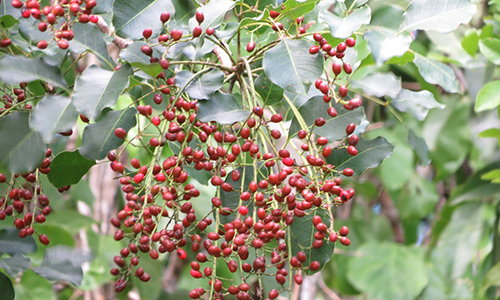
Metopium Brownei
2. Strophanthus Gratus
This tongue twisting plant works in both ways. Blooming in spring and winter. The plant has lovely flowers and emanates a beautiful rose scent. A compound found in the seed, is extremely bitter and also odorless.
It is mentioned, and I quote from Conservatory of Flowers California:
“Extracts containing ouabain have long been used by Somali tribesmen and other groups to poison hunting arrows. It is rumored that a sufficiently concentrated ouabain dart can bring down a Hippopotamus”.
On the Flip side, it’s got a dual purpose. So contradicting for a plant that is poisonous. The plant’s seeds is used for treatment of heart failure, gonorrhea and constipation, and to bring down high body temperature caused by fever. Recent studies have found that it can be used for metastatic prostate cancer.
Related: Strange Gardening Tips And Tricks That Really Work
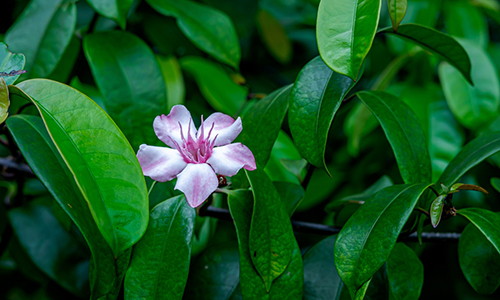
Strophanthus Gratus
3. Poison Ivy
Poison Ivy grows in most states if the USA excluding Hawaii and Alaska. It usually grows in woodlands on fences on trees and walls.
Side effects: Blistering , Swelling, Fever.
Antidote Plant: Jewelweed. It contains a chemical that helps with the rashes as a result of touching poison ivy. There is limited research on this so far.
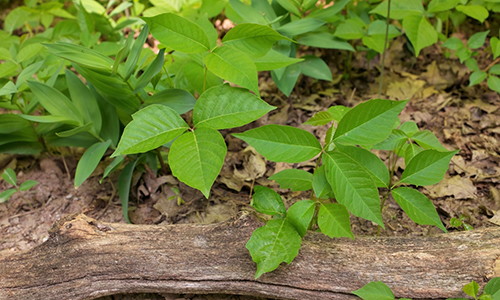
Poison Ivy
4. Poison Hemlock
Poisonous hemlock is similar in appearance to several beneficial plants so it is important to know the physical characteristics and be able to identify it. It is sometimes mis-identified as yarrow, Queen Anne’s lace, wild fennel, or elderflower.
Side Effects: If ingested it can cause tremors triggered by affecting the nervous system, affecting the muscles. It also slows down the heart rate and damage the kidneys.
Antidote Plant: Jewelweed.
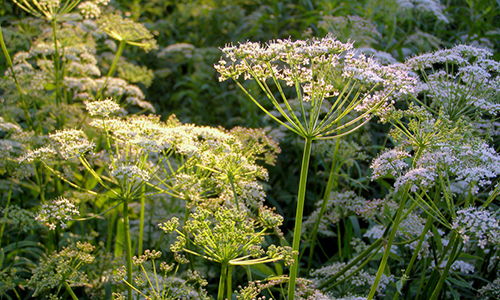
Poison Hemlock
5. Oleander
According to Living Science Magazine, they had this to say about the Oleander flower trees:
“Inadvertent poisonings resulting from campers using oleander branches to roast hotdogs and marshmallows. In fact, it is believed that some of Napoleon’s soldiers died in Spain when they used oleander sticks to roast meat , according to “The Vegetable Kingdomor, The Structure, Classification, and Uses of Plants” (D. Appleton & Co., 1853). The blossom is so dangerous that even the honey made by bees that used the oleander plant for nectar is poisonous.”
Gosh I know Oleander is poisonous but not to this extent. I grew up having the lovely flower trees growing in the garden but that was a time before computers and internet, and when we had to go to a library or depend on the Encyclopedia and didn’t have a deep insight into most stuff.
Oleander is known to grow in Hawaii and is an invasive plant that grows in Death Valley National Park in California.
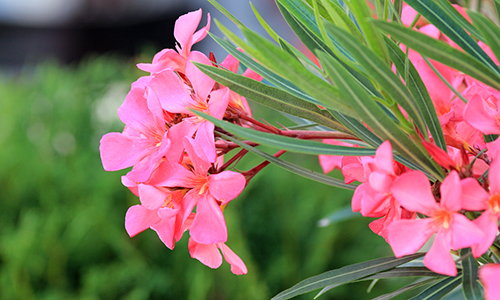
Oleander
Best Antidote Plant
The mother of all antidotes for most poisonous plants: the award goes to Jewelweed. Known to be an extremely effective antidote for almost all types of poisonous plants.
It is known as Impatiens balsa mina Linn. Jewelweed can be one of the most effective antidotes that nature has blessed us with.
Grown as a garden plant because it has beautiful flowers and foliage, it is known to be helpful in Lumbago.
A Word of Caution
Caution and tips that will be help in case anyone ever comes into contact with deadly poisonous trees.
- Always make sure you are well protected wearing long sleeve attire boots, gloves and long pants
- Make sure that you use either rubbing alcohol or soap and wash thoroughly all items used in gardening
- Never burn any piles that have poison ivy poison oak or any unidentified trees
“When in Doubt, Don’t”.
Author Disclaimer: I am not a botanical expert and this article is compiled purely on research.
It is the responsibility of the reader to act with common sense, caution and seek immediate medical assistance in the event of coming into contact with any plant mentioned. Extreme caution is advised. Seek immediate medical attention if you are not sure of the nature of the poisonous plant.
You may also like:
 If You Have Pets, Get Rid Of These Plants Immediately!
If You Have Pets, Get Rid Of These Plants Immediately!
How to Make Bark Bread from a Tree that Grows on Almost Every Street in America (Video)
The Most Dangerous Tree In The U.S.
DIY Meat Powder That Can Last 5 Years
10 Medicinal Plants You Can Find On Your Homestead
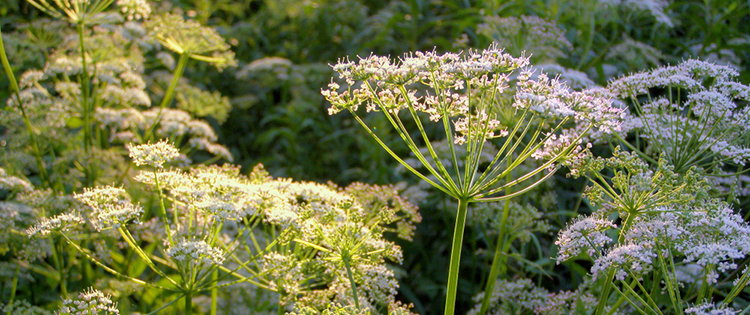








Gosh 😱
What things nature has.